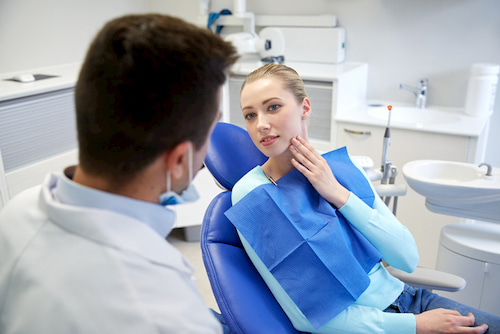
Some problems exist with the TMJ and teenagers; therefore, it is important for parents and teenagers to gain an awareness of the signs and symptoms of TMJ disorders. A dentist can perform a thorough evaluation and proper diagnosis to arrive at specific treatment needs for TMJ and teenagers.
What Causes Temporomandibular Disorders (TMD)?
Disorders with TMJ are commonly known as temporomandibular disorders (TMD). Various terms have been used to describe TMDs, such as functional disturbance of the masticatory (chewing) system, functional disturbance of masticatory muscle disorders, degenerative and inflammatory TMJ disorders, and TMJ disk displacements.
The prevalence of disorders with the TMJ in teenagers is more common than in other age groups although persons of any age can develop TMDs. Typically, TMDs occur more frequently in girls than boys. Some factors that contribute to TMD are changes in one or a combination of teeth, surrounding tooth tissues (periodontal ligament), the TMJ, or the chewing muscles (mastication muscles). Individuals have reported certain health conditions that mimic TMD. Some of these conditions include sinus pain, rheumatoid arthritis, allergies, ear pain, and muscle pain, to name a few.
Factors that Contribute to TMD
There are certain factors that lead to the development of TMDs. For instance, impact injuries, particularly those affecting the chin due to falls, are common occurrences. Several dental conditions that affect the proper alignment of teeth, such as open bite, extended overjet, crossbite, and missing back teeth are also associated with TMD. There are certain habits that contribute to TMD such as tooth grinding (bruxing), clenching, hyperextension, and other repetitive habitual behaviors. Furthermore, certain postural and resting positions are also known as contributors to disorders with the TMJ.
Signs and Symptoms
There are different signs and symptoms of TMDs that range from mild to severe, and some completely disappear over time. Fortunately, in most cases, individuals tend to be able to function fully. The prevalence of these signs and symptoms increase with age. Specific symptoms of TMDs may include:
- Pain when yawning or chewing.
- Tender jaw muscles.
- Clicking or popping noises and pain in the jaw. Clicking is most prevalent in girls.
- Radiating pain surrounding or in the ear, head, face, neck, or shoulders.
- Jaw joints that feel as though they are “locked,” “stuck,” or “stiff.”
- Luxation, or dislocation, of the jaw joint.
- Headaches.
Treatment Options for TMD
TMDs are generally managed rather than cured. There are numerous preventive techniques that are often used to manage TMDs. A combination of approaches has shown to be more successful at treating TMD than any single approach. Treatment therapies for TMDs fall into one of two categories: Reversible therapies and irreversible therapies. Most TMDs in adolescents are effectively treated through simple, conservative, and reversible types of therapy. The most common form of treatment for TMD in adolescents is patient education and occlusal appliance therapy.
Reversible Therapies: Some reversible therapies may include relaxation training and an awareness of clenching and grinding habits if present. Physical therapy treatments, such as the use of ultrasound, massage, or coolant therapy assist in relieving pain symptoms. Teenagers should avoid excessive chewing of hard foods or gum. The use of prescription medication, such as nonsteroidal anti-inflammatory drugs or muscle relaxers, are often used to relieve the pain of the TMJ. Certain dental appliances, such as occlusal splints or bite guards for orthopedic stability may be used to help decrease grinding and clenching habits. When symptoms do not respond to reversible therapies, surgery may be performed to repair damaged joints. Irreversible therapies involve surgical treatment to treat TMDs.
Irreversible Therapies: Some irreversible treatments are permanent changing of the alignment of the teeth or lower jawbone (mandible) position (occlusal adjustment); the use of headgear or functional appliance (mandibular repositioning); or braces (orthodontics).
What to Expect at a Dental Visit
Diagnosis of disorders that affect TMJ and teenagers can be performed through a comprehensive dental exam and screening evaluation by a dentist. Typically, patients that are diagnosed with TMD have a history of facial pain with a combination of physical findings, accompanied by radiographs or imaging data, when indicated. Treatment needs that are beyond the scope of practice for a dentist are referred to a specialist for evaluation. The earlier TMD is diagnosed and treated, the better.
